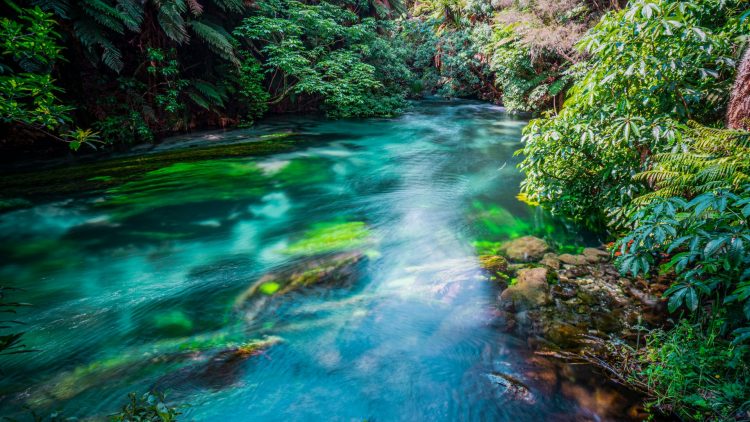푸타루루와 티라우의 역사
티라우
티라우는 푸타루루에서 북서쪽으로 9km 떨어진 마을입니다.1870년에 군사장으로 설립된 티라우는 여행객들을 위한 버스 정류장이 되었습니다.
처음에는 티라우가 옥스퍼드 (Oxford) 라고 불리며 캠브리지의 자매 도시로 식별되었습니다.캔터베리의 옥스포드와의 혼동을 피하기 위해 나중에 티라우로 지명되었습니다.유제품 공장은 1938년에 지어졌으며 1982년에 카제인 공장이었습니다.
티라우에는 많은 카페와 공예품 및 골동품 상점이 있습니다. 오늘날에는 주 1 번 고속도로에서 여행자들에게 인기있는 곳입니다.티라우의 국가적 악명은 마을을 장식하는 수많은 골판 철 조각과 건물에서 비롯됩니다.랜드 마크는 전국에서 온 사람들을 끌어들입니다.
오코로이레
오코루아르는 티라우에서 북동쪽으로 6km 떨어져 있습니다.지역 사회의 중심에는 1889년에 지어진 오코루아르 호텔이 있습니다.오코루아르 호텔은 오래 전부터 Ngāti Raukawa의 가치를 지닌 인근 천연 온천을 이용합니다.부족의 조상 인 라우카와 (Raukawa) 는 오코로이레에서 태어났습니다.페어리 풀과 반딧불은 현지인과 방문객 모두에게 인기있는 명소입니다.
푸타루루
푸라루루는 해밀턴에서 남동쪽으로 64km 떨어진 마을입니다.
푸타루루는 1886년경에 로토루아 (Rotorua) 로 가는 철도가 건설될 때 처음 등장했습니다.크라운이 주변 땅을 인수한 후 1905년 타우포 토타라 목재 회사는 타우포 숲에서 밀이 있는 푸타루루 (Putaruru) 까지 트램웨이를 건설했습니다.1920년대 와이카토 강에 아라푸니 댐을 건설한 후 푸타루루의 인구가 더욱 증가했습니다.1946년에는 1,160명의 사람들이 있었고 이듬해에는 자치구가 되었습니다.
오늘날 임업은 지역 경제에 필수적인 역할을 계속하고 있습니다.푸타루루는 뉴질랜드에서 가장 큰 생수 공급원이 되어 전 세계에 수출되고 있습니다.
아라푸니
아라푸니는 푸타루루 (Putaruru) 에서 서쪽으로 14km 떨어진 곳에 위치해 있으며 와이카토 강에 수력 댐이 있습니다.댐은 1929년에 문을 열었습니다.댐과 하이드로 호수 사이의 산책로는 인기 있는 낚시 및 수상 스포츠 장소가 되었습니다.이 산책로는 산책로 네트워크인 와이카토 리버 트레일의 일부입니다.
리치필드
1880년대 리치 필드에서는 템스 밸리 랜드 컴퍼니 (Thames Valley) 랜드 컴퍼니 (Thames Valley) 토지 회사의로토루아 (Rotorua) 행 철도가 완성될 때까지 버스 정류장이기도 했습니다.1880년대의 유물에는 벽돌 급수탑과 푸타루루 유암석석으로 만든 작은 상점 건물이 있습니다.오늘날 남반구에서 가장 큰 치즈 공장은 Lichfield에 위치하고 있습니다.

















































